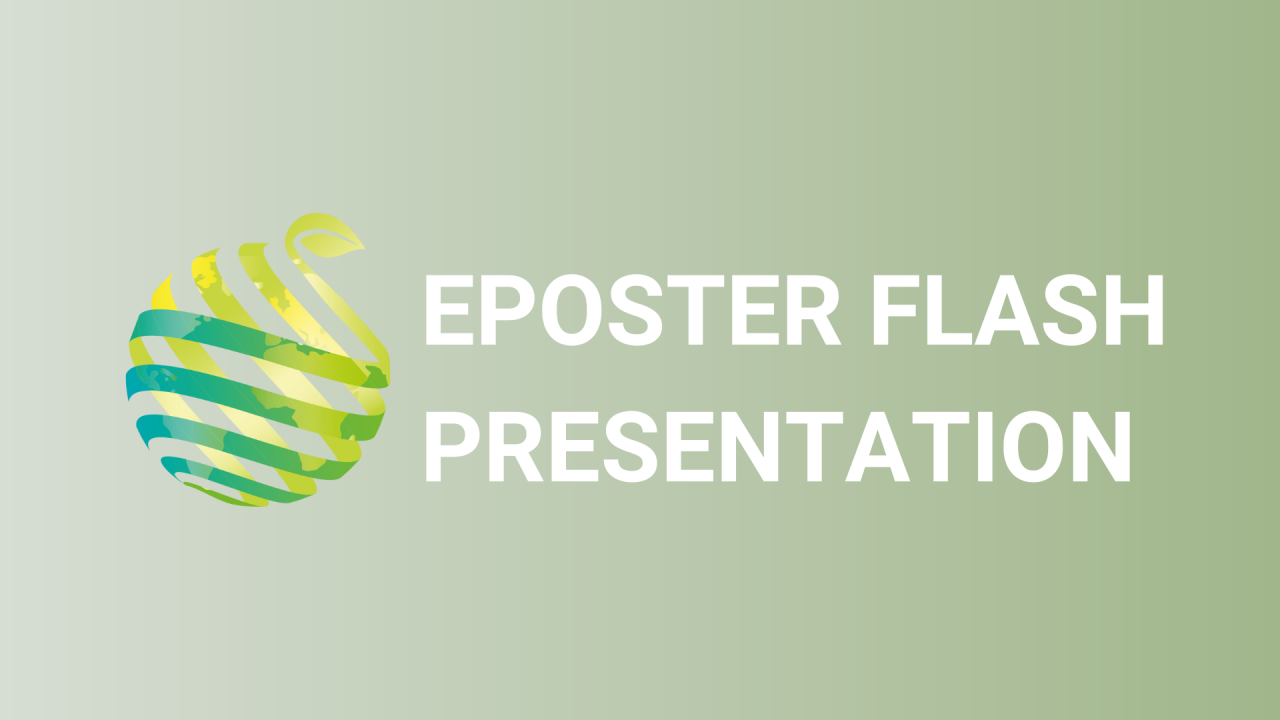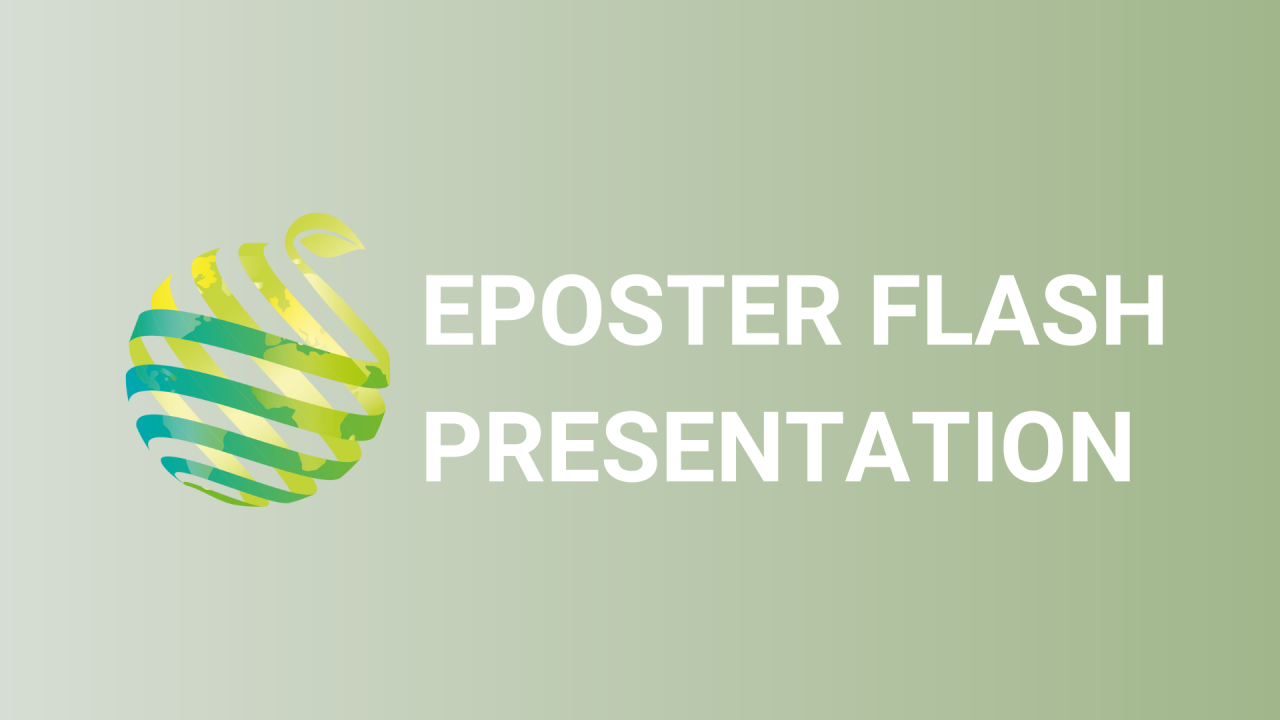

S18 - Session P4 - Environmental monitoring analysis in greenhouse for the cultivation of mother plants of cannabis sativa in the colombian Andes mountains
Information
Authors: Paula Andrea Uribe Benavides, Juan Manuel Galindo *
Most of cannabis crops in Colombia are grown in greenhouses to ensure control of the microclimate, pests and diseases. This requires constant monitoring of environmental variables inside and outside the greenhouse in order to make appropriate control decisions and increase productivity and/or reduce costs. An environmental monitoring experiment was carried out in a greenhouse of mother plants in the municipality of La Calera, Cundinamarca, together with the Semillero de Investigacion de Cannabis y Derivados (SICAD). There, internal variables such as PAR radiation, volumetric water content, substrate temperature and internal and external air variables such as carbon dioxide concentration, temperature and relative humidity were measured for 20 days. The VPD (Vapour Pressure Deficit) was calculated for the time of day when the plant was photosynthetically active, i.e., when the photosynthetically active radiation (PAR) was greater than 100 µmol/m²/s. It was determined that mother plants are only 35.8% of the time in optimal DPV conditions (0.8-1.4kPa), 27.0% with low DPV ( < 0.8kPa), 22.0% with High DPV (1.4-2kPa) and 15.3% with Very High DPV (2 > kPa) in the greenhouse. In addition, DPV was found to be more favorable for plants outside the greenhouse where 49.4% of the time was in optimal DPV conditions (0.8-1.4kPa), 36.4% with low DPV ( < 0.8kPa), 14.0% with High DPV (1.4-2kPa). As for the CO2 concentration in the greenhouse during the day (PAR > 100 µmol/m²/s) was on average 416.8 ppm and that together with the average PAR radiation 437 µmol/m²/s suppose limiting factors to increase the photosynthetic rate. Finally, it was found that the lack of automation in the irrigation pulses to decrease the temperature of the pots, the substrate of the plants after midday registered higher temperatures than those of the air (higher than 30°C) subjecting the roots to thermal stress.